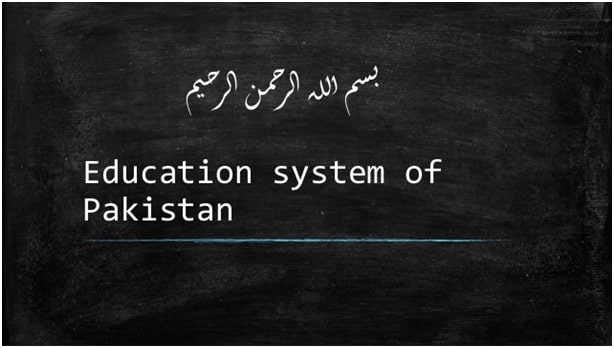Maintaining an effective education system for students in 2023 involves a combination of innovative approaches, modern tools, and a student-centered focus. Here are some key strategies to consider:

- Blended Learning Models: Utilize a blend of in-person and online learning. This approach provides flexibility for students while ensuring access to resources even outside the classroom.
- Technology Integration: Incorporate technology into the curriculum to enhance engagement and learning outcomes. Virtual labs, educational apps, and interactive platforms can make learning more engaging and relevant.
- Personalized Learning: Recognize that each student learns differently. Implement personalized learning plans that cater to individual strengths, weaknesses, and interests.
- Professional Development: Continuously train teachers to adapt to the evolving education landscape. Workshops on new teaching methods, technology, and psychological support can enhance teaching quality.
- Focus on Skills: Shift from rote memorization to skill development. Critical thinking, problem-solving, communication, and collaboration are crucial skills for students’ future success.
- Assessment Redesign: Move away from solely exam-based assessment. Implement diverse assessment methods, such as project-based assessments and portfolios, to measure a wider range of skills.
- Inclusive Education: Ensure that the education system caters to all students, including those with special needs. Accessibility tools and inclusive teaching practices promote an equitable learning environment.
- Wellness Programs: Prioritize students’ mental and emotional well-being. Offer counseling services, stress management workshops, and create a supportive environment for learning.
- Parental Engagement: Involve parents in their children’s education through regular communication, workshops, and progress updates. A strong home-school connection fosters a positive learning experience.
- Real-World Connections: Bridge the gap between education and real-world applications. Guest speakers, field trips, and partnerships with industries can provide students with practical insights.
- Global Perspective: Integrate global perspectives into the curriculum. Teach cultural awareness, global issues, and encourage students to think beyond their immediate surroundings.
- STEM and STEAM: Emphasize Science, Technology, Engineering, and Mathematics (STEM) or STEAM (including Arts) education to prepare students for technology-driven careers.
- Flexible Learning Spaces: Design classrooms that are adaptable and conducive to various learning styles. Collaborative spaces, quiet zones, and comfortable furniture can enhance the learning environment.
- Data-Driven Insights: Use educational data to identify trends, areas of improvement, and individual student needs. This data can guide decision-making and help tailor teaching strategies.
- Continuous Feedback: Provide students with regular feedback on their performance. This fosters a growth mindset and helps them understand their progress.
- Project-Based Learning: Encourage students to work on hands-on projects that simulate real-world scenarios. This approach promotes practical skills, teamwork, and problem-solving abilities.
- Civic Education: Introduce topics related to citizenship, social responsibility, and ethics to help students become informed and engaged citizens.
- Adaptability: Remain open to change and evolution in the education system. Regularly assess the effectiveness of implemented strategies and be willing to adjust them as needed.
Remember that maintaining an effective education system is an ongoing process that requires collaboration among educators, students, parents, policymakers, and the community as a whole.